The Art of Designing for a Sensory Sensitivity

"Hearst Magazines and Yahoo may earn commission or revenue on some items through these links."
[table-of-contents] stripped
Every design project is personal. Whether you're designing your own home or working for a client, you're creating a safe space, a comfort zone, a personalized haven. Good interior design goes far beyond shopping for furniture and picking out paint colors. It factors in functionality, how we live and move, and what we need to thrive. This is never more important than when you're creating a space for someone with a sensory sensitivity or need.
Sensory needs, or a Sensory Processing Disorder (SPD), is a condition that affects how your brain processes sensory information or environmental stimuli. SPD is highly individualized and can mean many different things, although it usually means you're more keenly sensitive to stimuli than other people are. Sensory information and stimuli include things you see, hear, smell, taste, and touch, explains licensed therapist Alexa Pace, MCH-LP. While being overstimulated is most common, children and adults can alternatively be understimulated and look to their environments for more stimulation rather than less. While we all have sensitivities, severe SPD is more common among children who present with Autism Spectrum Disorder, attention deficit hyperactivity disorder, or an anxiety disorder.
Everyone deserves to feel comfortable in their own home. So we asked experts who have personal experience designing for sensory sensitivities in their own families and for children to guide us through the process. Ahead, interior designers Lindsie Davis of Blueberry Jones Design and Christy Davis of Christy Davis Interiors guide us through the process of accommodating sensory needs in design without sacrificing style, substance, or function.
Visual (Sight)
Choose Colors That Calm
Designing for people who have sensory sensitivity doesn't have to equate to a neutral aesthetic or lifestyle. And honestly, living with only neutrals isn't always realistic. Color theory plays an important role in any design project, especially when you're designing for those who can easily become overstimulated. Pale hues like soft grays, light blues, and whites are commonly found in spaces like spas and nurseries thanks to their soothing nature. That's precisely what Christy Davis pulled from this palette for Camp Cole, a camp in South Carolina dedicated to children who face any sort of challenge, whether it be a medical diagnosis or a difference in learning. "Everything's very muted, kind of more of a soft, peaceful, muted tone, just so that it is not super bright, but we wanted the kids to still feel playful," she says. "And we're contrasting that with warm wood veneers and finishes to add an inviting and cozy feel."
Forgoing the idea of a neutral color palette altogether, Lindsie Davis's home is primarily decorated in jewel-tone colors with darker tones in the common areas. Rich, dark hues are often used to create a sense of coziness and cocooning, which is ideal for making open-concept homes or zones feel smaller (in a good way). "I will say that color wasn't overstimulating to my daughter—her primary thing is touch. When we designed her room, I knew it had to be shades of blue because that's her absolute favorite color and it also happens to be really calming," Lindsie Davis says. "I love wallpaper, but instead of putting it on her walls where the print might be too much, we put it on the ceiling so it would be more subtle."
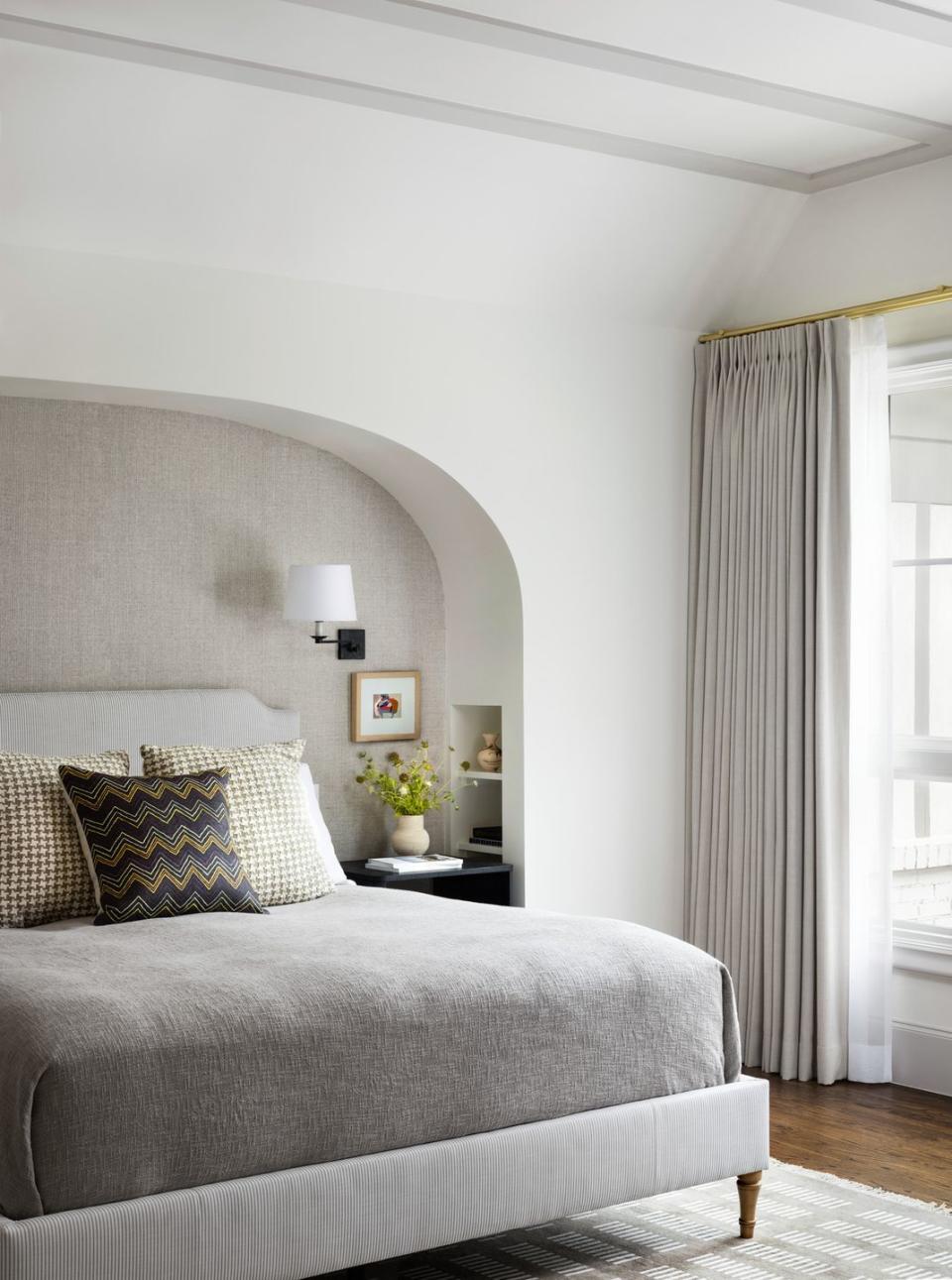
Declutter Surfaces
The cliché "tidy desk, tidy mind" may seem like a buzzy, CEO-style mindset, but having an organized workspace or play area can genuinely make you feel more relaxed. And while open storage is great for knowing what you have and where everything is, seeing all of your belongings at once can be overwhelming, especially if you're prone to overstimulation. Choosing closed storage, whether that means using bins and baskets, adding a locker cabinet, or even putting a curtain on an open shelving unit, can lead to a calmer playtime.
Install Dimmer Switches
Various studies have shown that warmer-toned light makes us feel better, while fluorescent light and cool-toned light can increase anxiety and agitation. So opting for a warm white light bulb (usually between 2,000 and 3,500 Kelvin temperatures) instead of a harsher, cooler light can make a room feel more comfortable. Beyond temperature, brightness can also play a role in how we live in our homes. Having your lights on dimmer switches allows you to customize the brightness based on your mood. Plus, ambient light makes every dinner party and movie night that much cozier.
Smart LED Lightbulbs
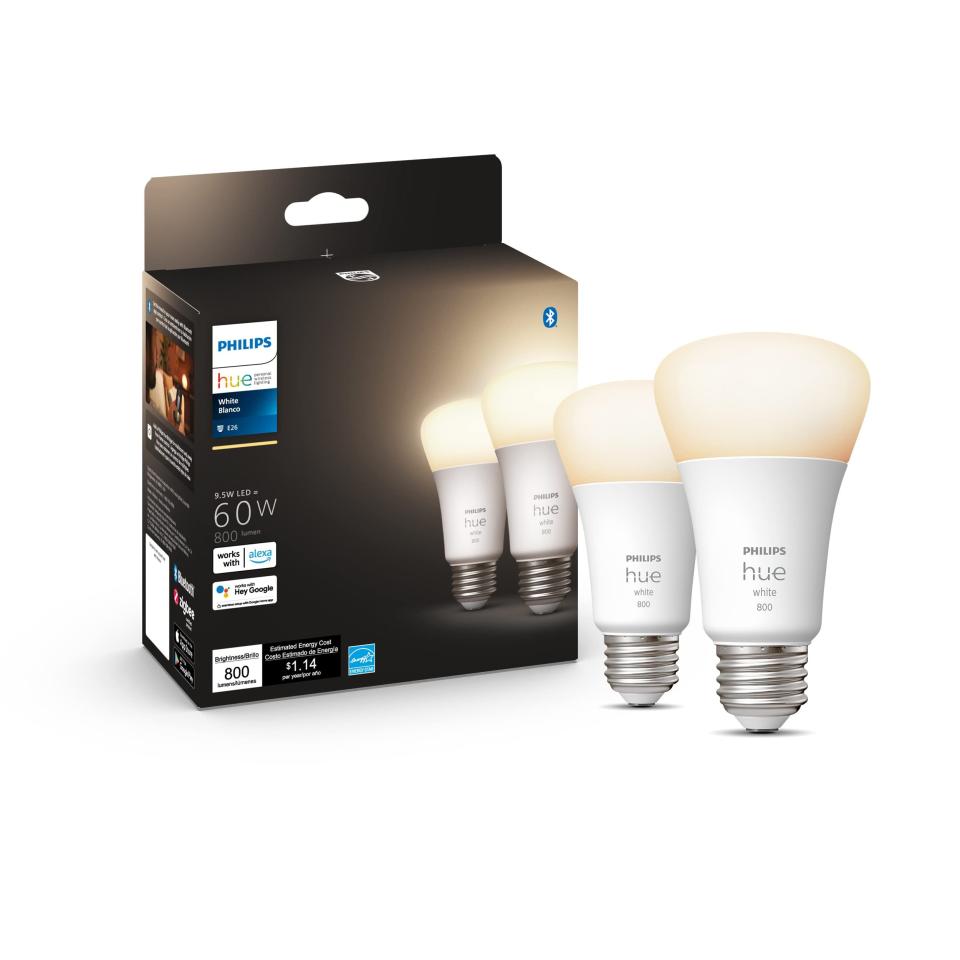
Smart LED Lightbulbs
amazon.com
$29.97
The Midi Locker
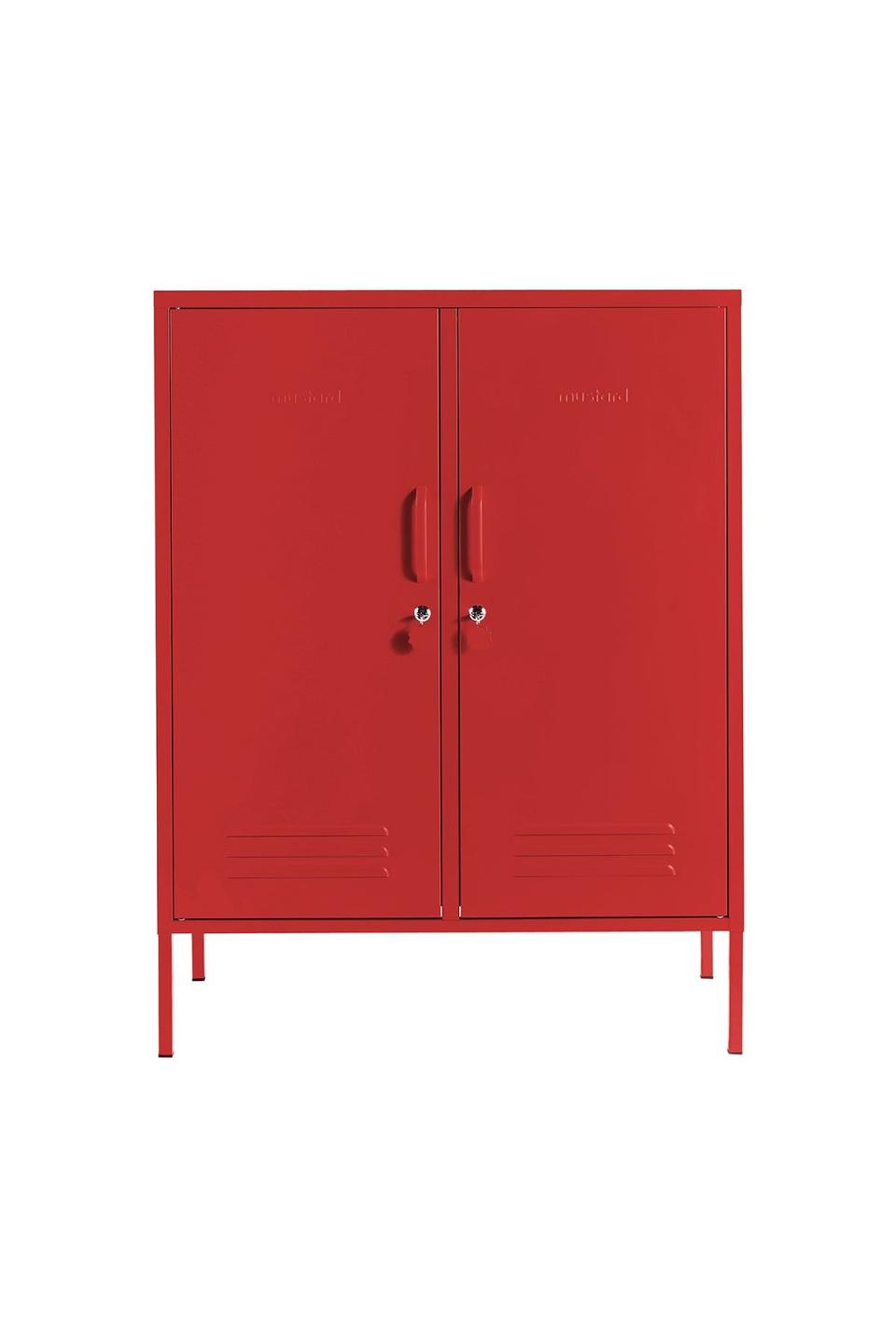
The Midi Locker
mustardmade.com
$30.00
Paint in On Tour
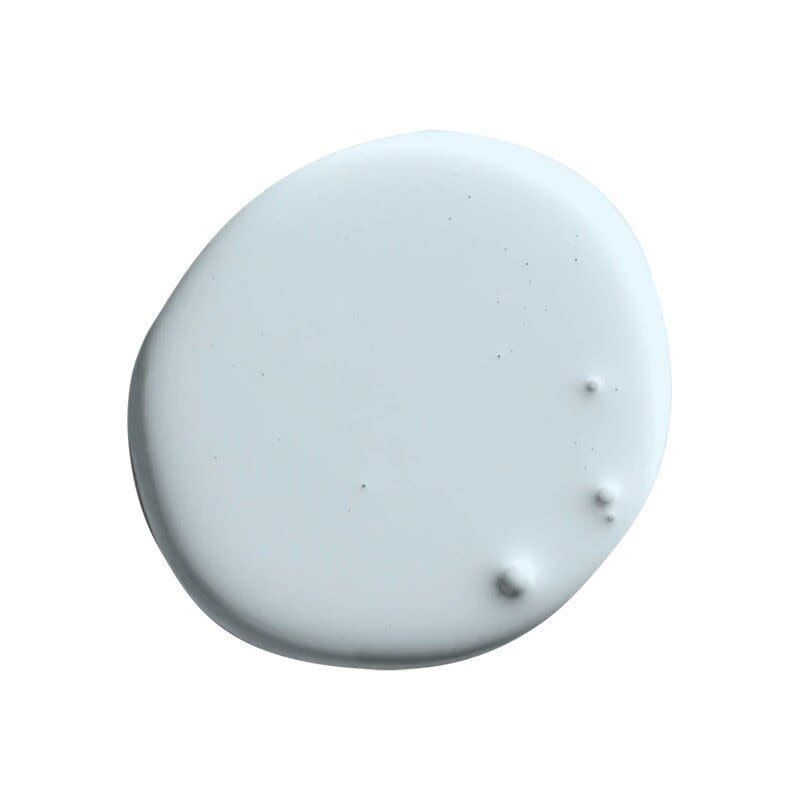
Paint in On Tour
backdrophome.com
$49.00
Auditory (Hearing)
Avoid Buzzing Lightbulbs
Lighting plays a huge role in a calming and soothing space, and while it typically falls under the visual category, a lot of commercial lighting makes noise. During the build of Camp Cole, Davis chose all LED fixtures rather than the fluorescent bulbs that are typically common in commercial spaces. "With fluorescents, you have that low-grade hum. And while that's just annoying for most people, it can be very, very challenging for kids with autism that are low functioning," Christy Davis explains. "They're more perceptive to them, so unexpected sounds like that can be a big deal." LED lighting is also dimmable.
Add Soundproofing
Whether your issue is outside noise or inside noise, simple soundproofing techniques can help control sounds and create a quiet reprieve from the outside world and other members of the household. Standard insulation materials offer decent soundproofing, and you can reinforce them by adding acoustic foam around window and door frames. If renovating isn't an option, try acoustic panels instead. Thick, high-pile carpets and curtains can also help block noise and cushion the room from external sounds.
Sound Absorbing Curtains
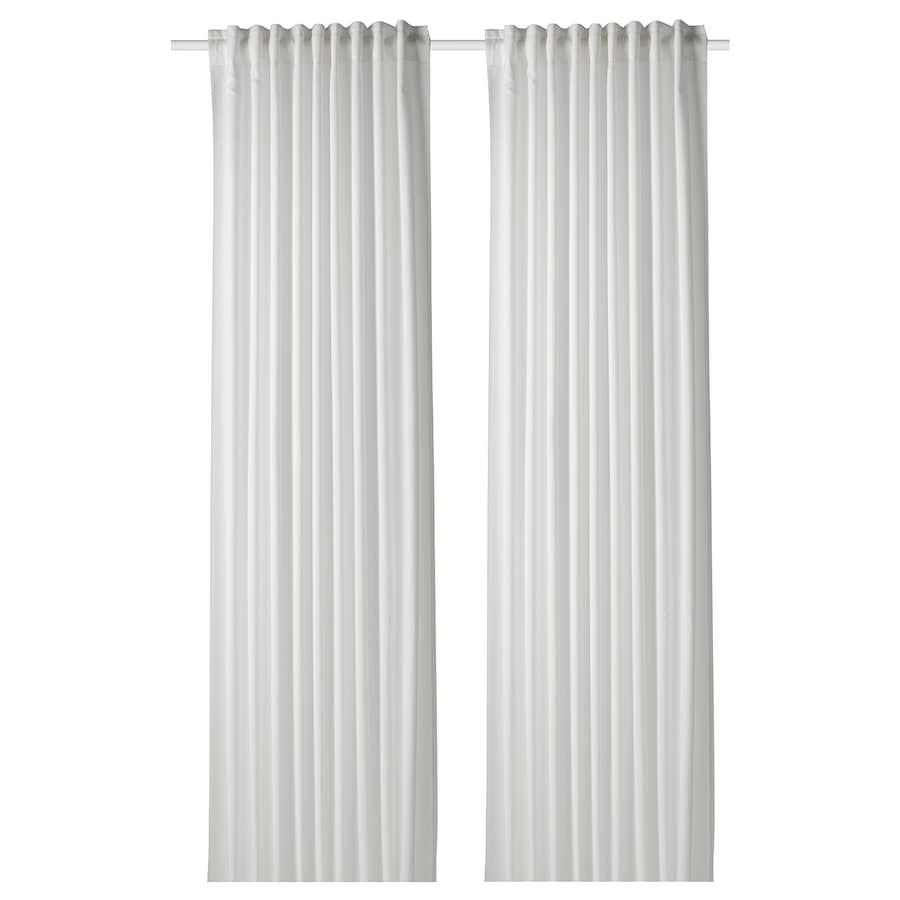
Sound Absorbing Curtains
ikea.com
$49.99
Mosaic Felt Tiles
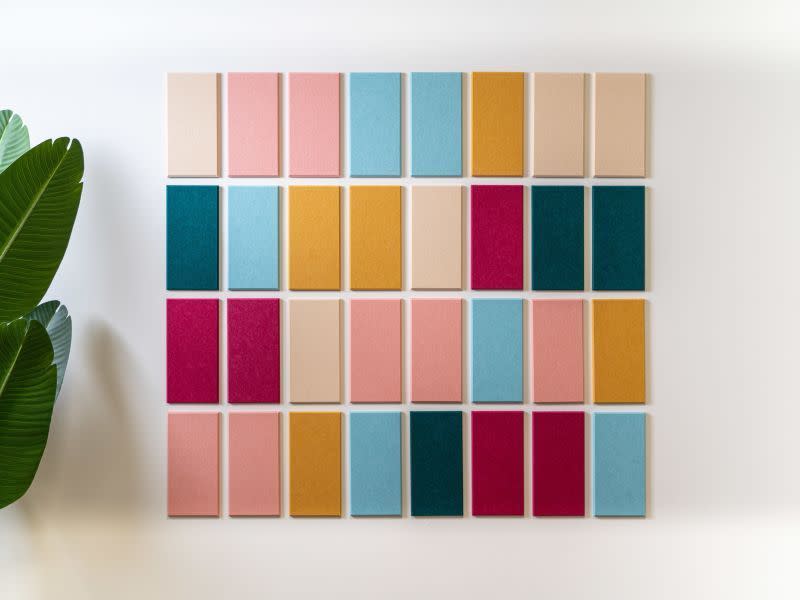
Mosaic Felt Tiles
feltright.com
$8.00
White Noise Machine
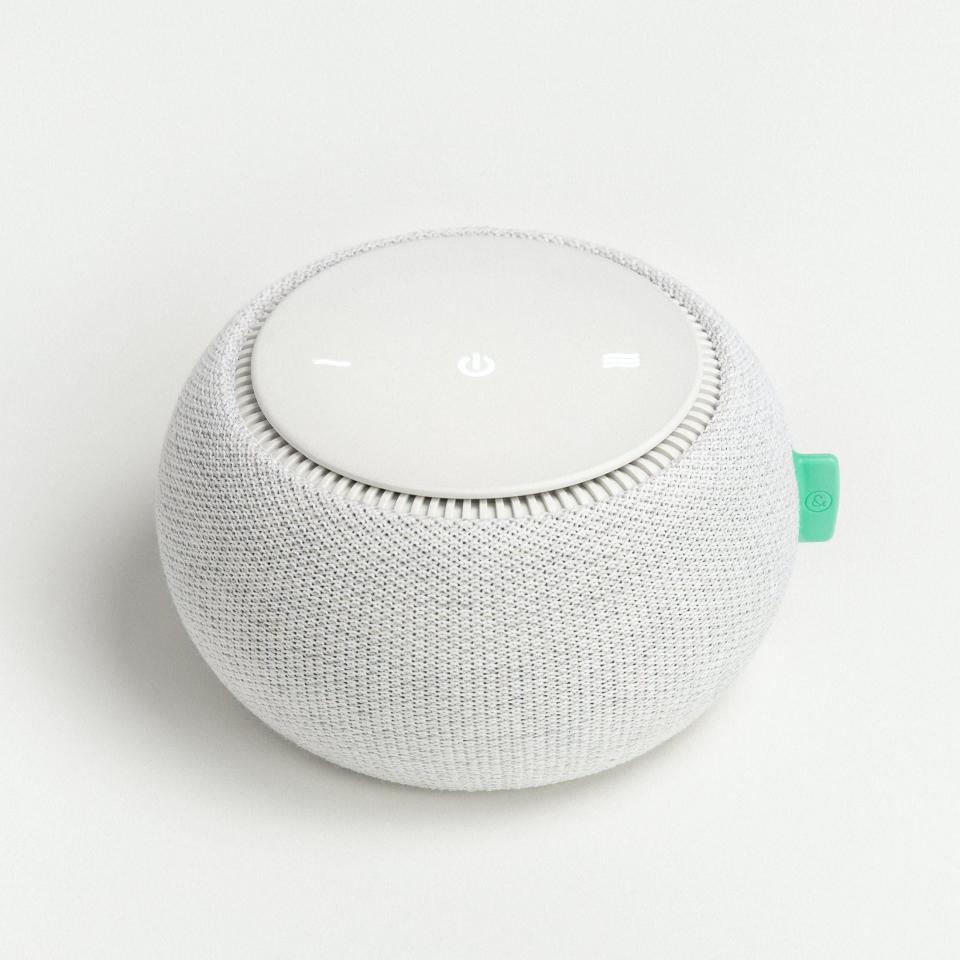
White Noise Machine
tuftandneedle.com
$110.00
Tactile (Touch)
Consider How Materials Feel
Touch is one of the most important ways we experience our environment, from soft linen sheets to smooth granite countertops. And if you've ever stepped in a spill in socks, you know that it isn't always pleasant. In Lindsie Davis's former house, her daughter would sit only on the floor. While it initially seemed like a quirk or comfort thing, she quickly realized it was because of the textiles. "Our sofa was leather, we had non-upholstered dining chairs, and she hated all of them," Lindsie Davis says. "Touch is my daughter's primary sense, so when building this new home, she dictated all of the fabric choices." It may sound odd to allow an 11-year-old to make all the upholstery choices in home, but she didn't care about the type of material as long as her daughter felt comfortable.
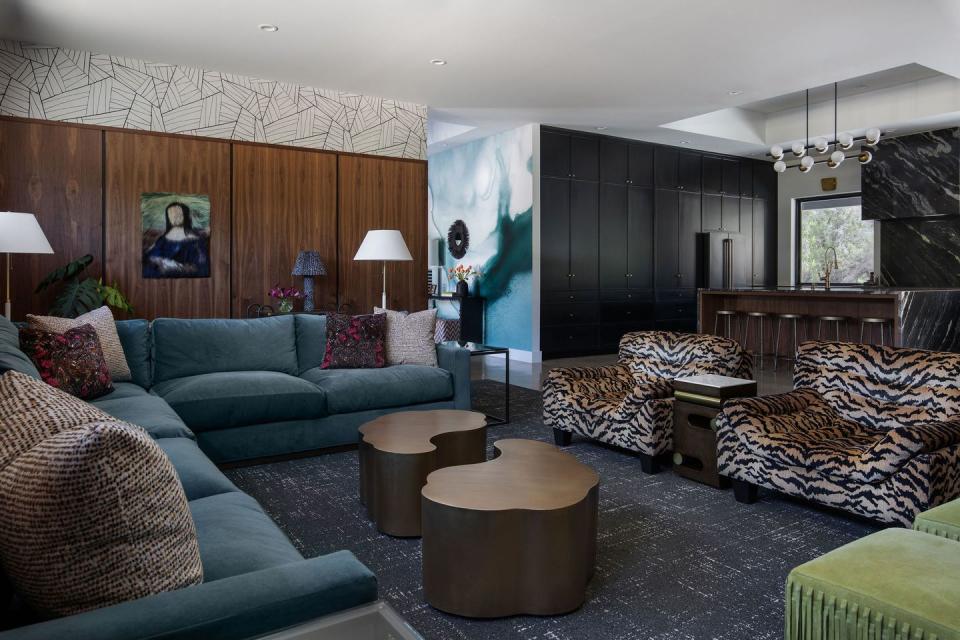
Most surfaces in their new home are upholstered in velvet. "It gives off a bit of an '80s glamour vibe," Lindsie Davis says, laughing. "Especially with the wood paneling, but I really love it." The one mistake she admits to making was opting for concrete floors throughout their home. "I've had to put high-pile rugs everywhere," she says. "There's even a runner in the bathroom so my daughter can avoid the bare floors."
While designing Camp Cole's newest extension, Christy Davis wasn't able to cater to each individual camper's needs, so she opted for the next best thing: performance fabrics and faux leathers that would feel smooth to the touch and be easy to clean. "Functionality is the main goal with a commercial space," she says. "We tried to have a variety of textiles, from wovens and faux leathers to outdoor textiles, so there was a different feel for everyone's preference."
Offer Seating Options
A common misconception is that small spaces, cocooning furniture, and tightness can cause claustrophobia and make the sensory experience worse. But for many people who have a sensory sensitivity or need, it actually helps to create a sense of safety. Wide open spaces can feel daunting, so to offer a place of refuge, Christy Davis plans to install several hexagonal chairs around the sensory room for the campers. "They look a bit like a hamster wheel," she says. "But the kids gravitate toward them for a moment of alone time without removing themselves from the activity completely."
Having a mix of seating options, including the open floor, can allow children to sit where they want and where they will function best, says Pace.
Modern Lounger
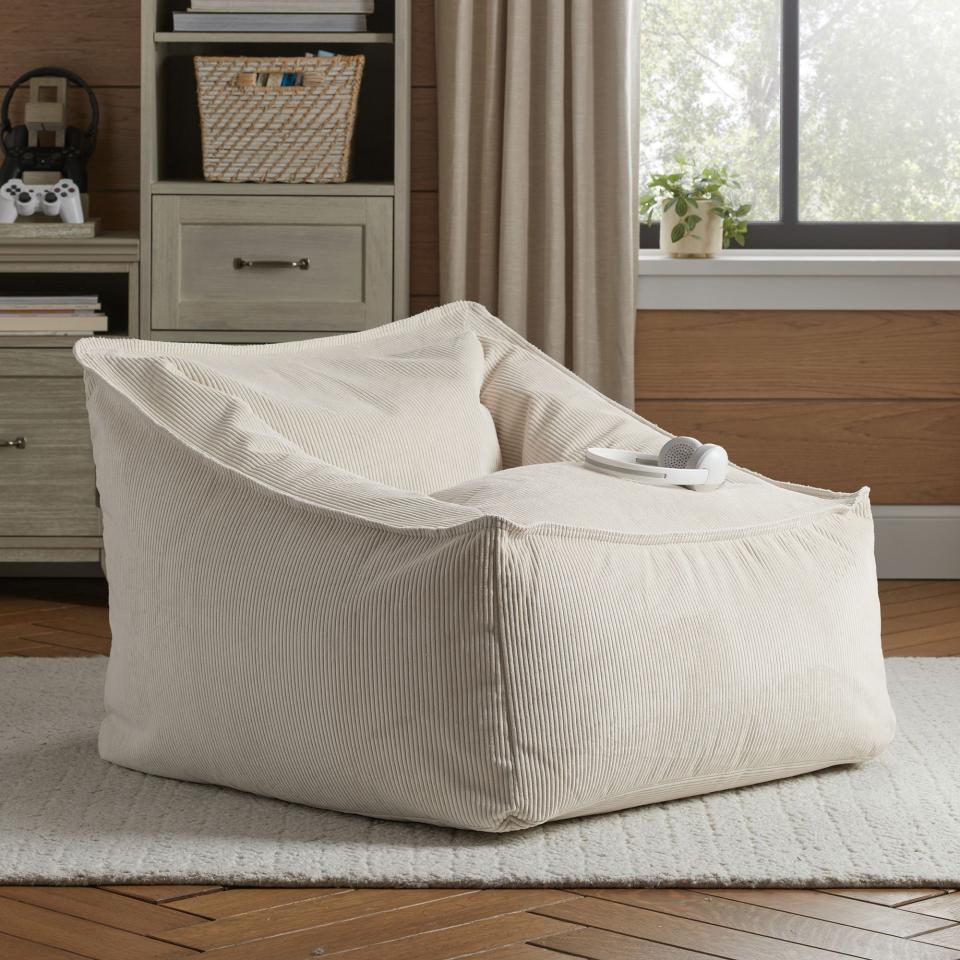
Modern Lounger
Pottery Barn Teen
$299.00
All Bright Set
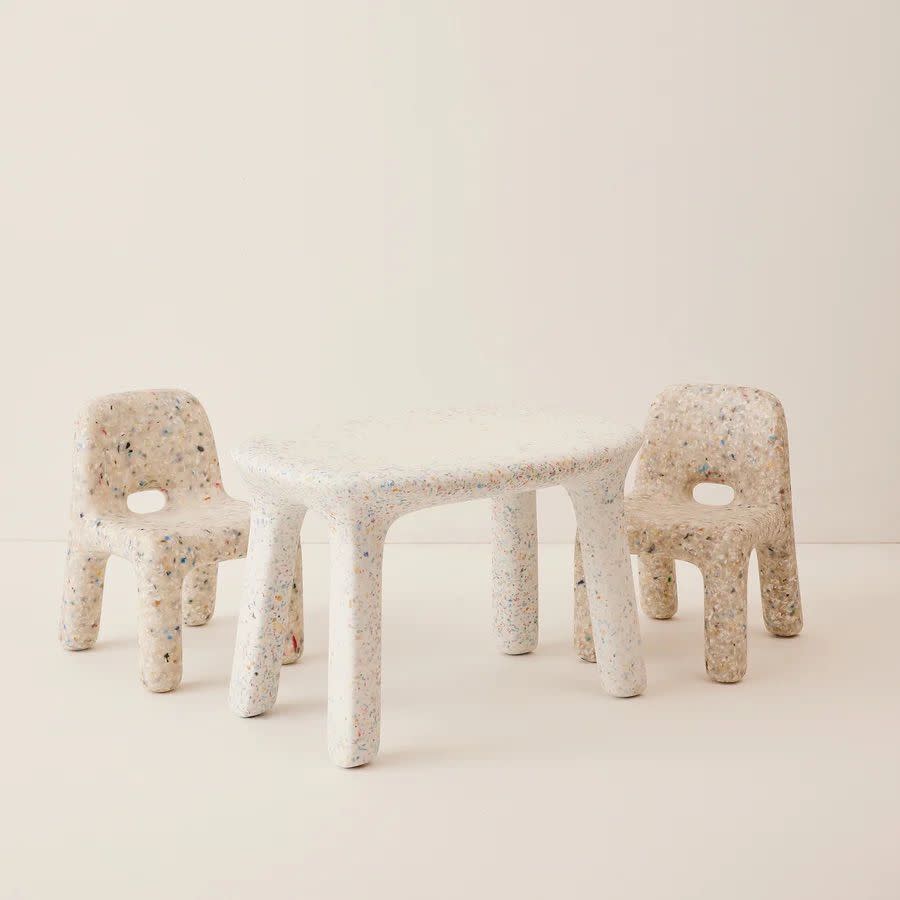
All Bright Set
goodeeworld.com
$750.00
Cross-Legged Adjustable Chair
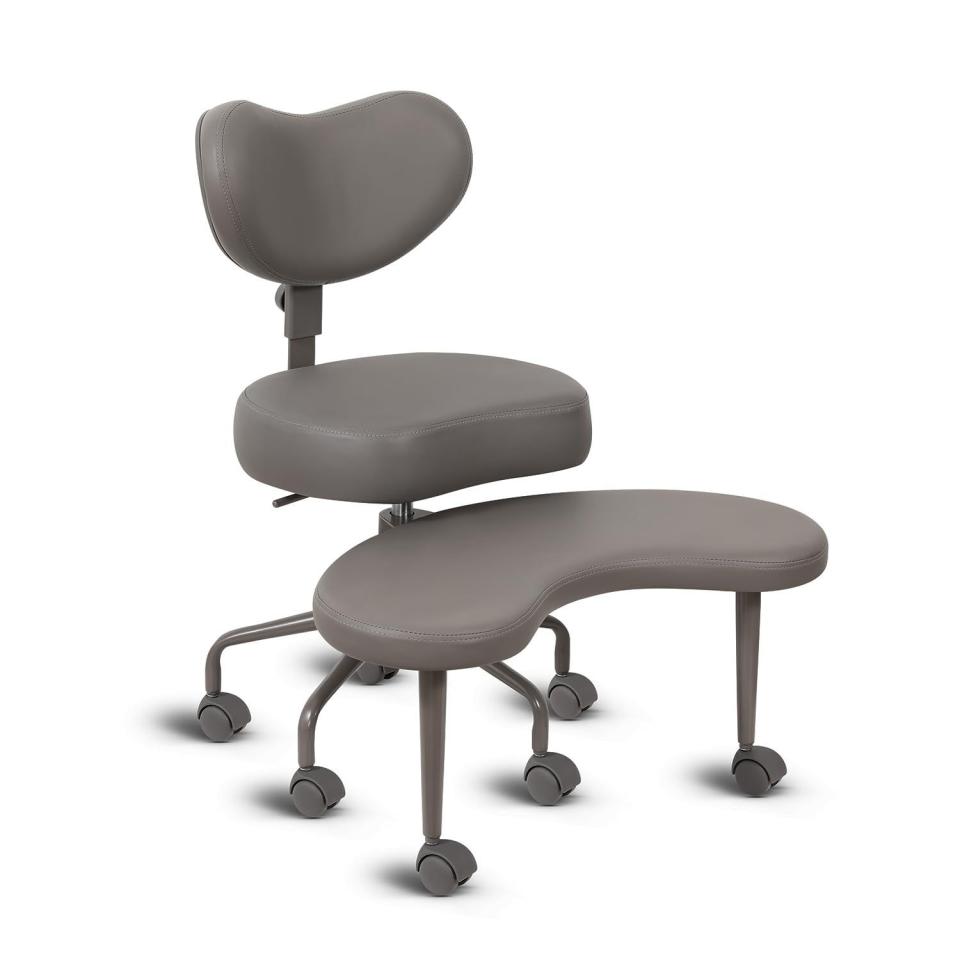
Cross-Legged Adjustable Chair
amazon.com
Olfactory (Smell)
Try Aromatherapy
Smell isn't often thought of as an element of interior design, but if you've ever sat next to someone who was wearing too much perfume or ridden in a car with a bad air freshener, you know the overwhelming effect it can have on your senses. Choosing natural scents known to have calming properties (lavender, eucalyptus, chamomile) for your home in the form of cleaning products, candles, or diffusers can help everyone feel more settled.
Block Odors
Food smells can quickly become overwhelming, but small changes can help contain them. Run the range hood's fan anytime you cook (it'll also create soothing white noise and help clean the air). Also, consider swapping your trash can for one with a closed lid that traps odors, and placing an air freshener (like a box of baking soda) in the fridge to manage smells.
If you're building a home from the ground up, think about the layout. Is the kitchen right next to your child's room or directly below it? Do you have an open-concept floor plan where smells will travel quickly and easily? Positioning your child's room and play spaces away from the kitchen can help you manage their sensitivities.
Lavender Odor Eliminator Spray & Air Freshener
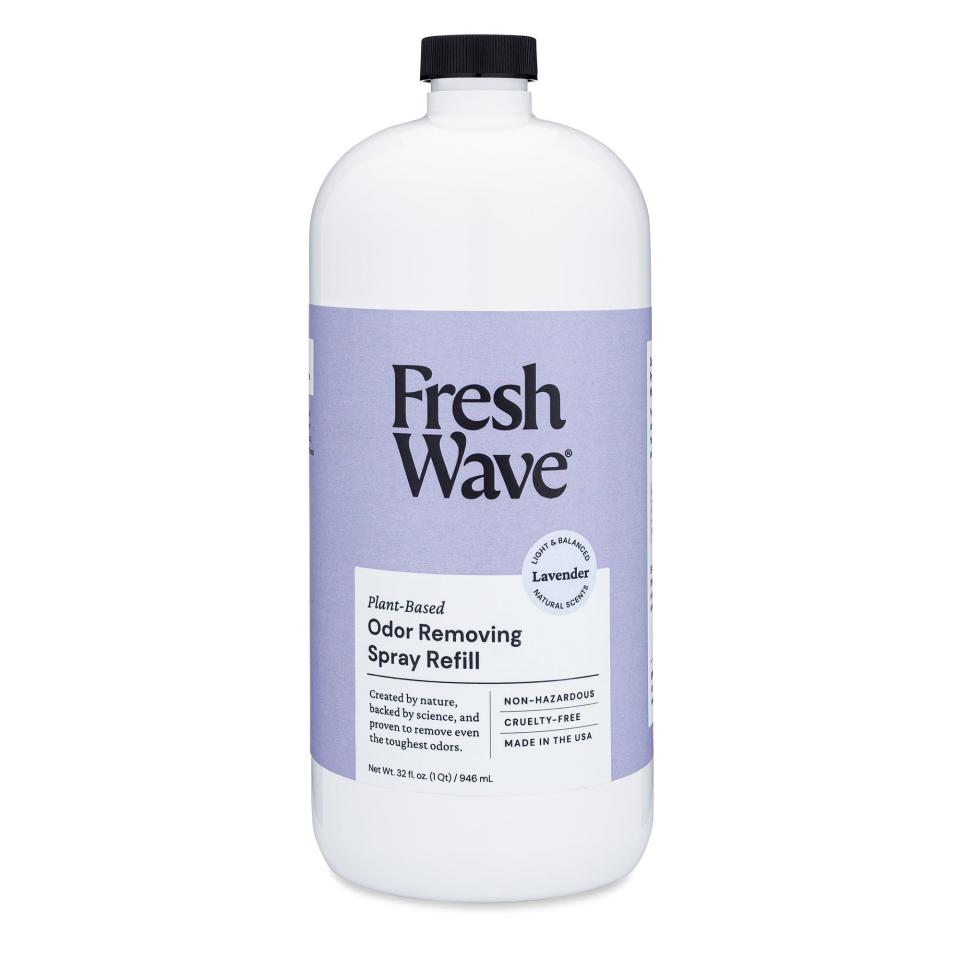
Lavender Odor Eliminator Spray & Air Freshener
Amazon
$23.99
Rectangular Step Can with Odorsorb
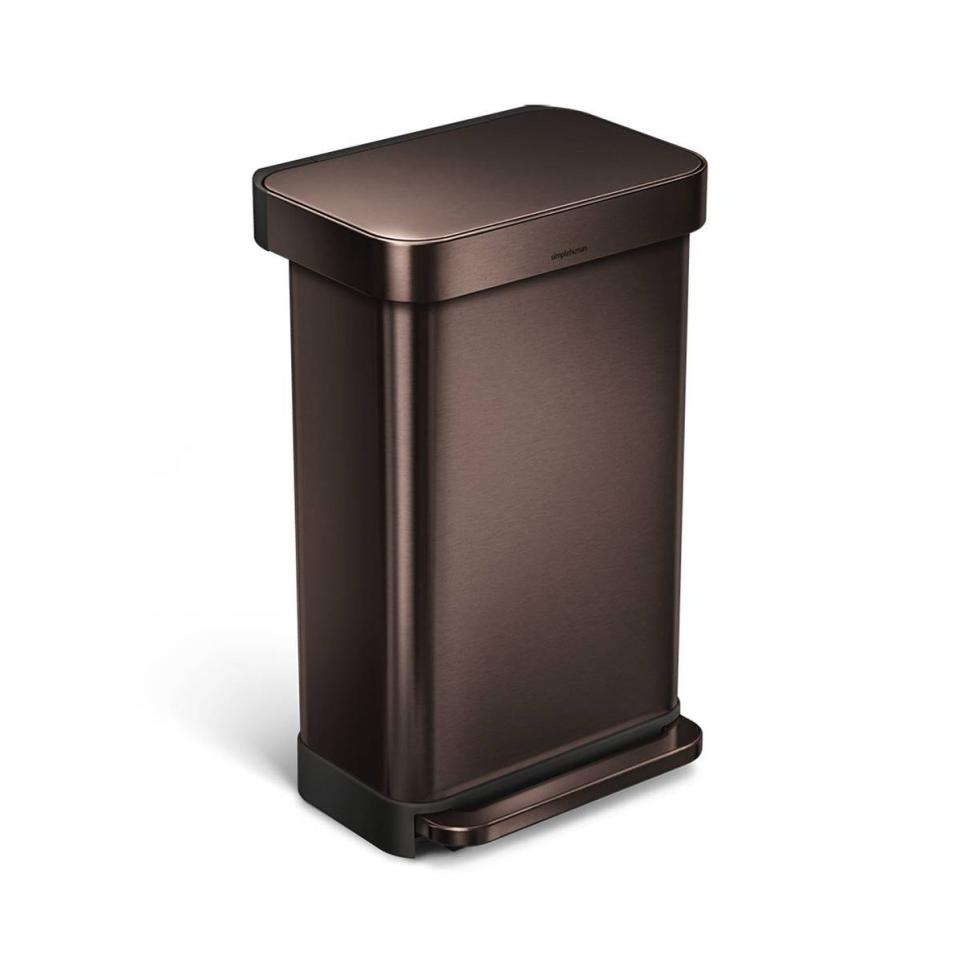
Rectangular Step Can with Odorsorb
Simple Human
$140.00
Otto Candle, Otto, 9.0 Ounce
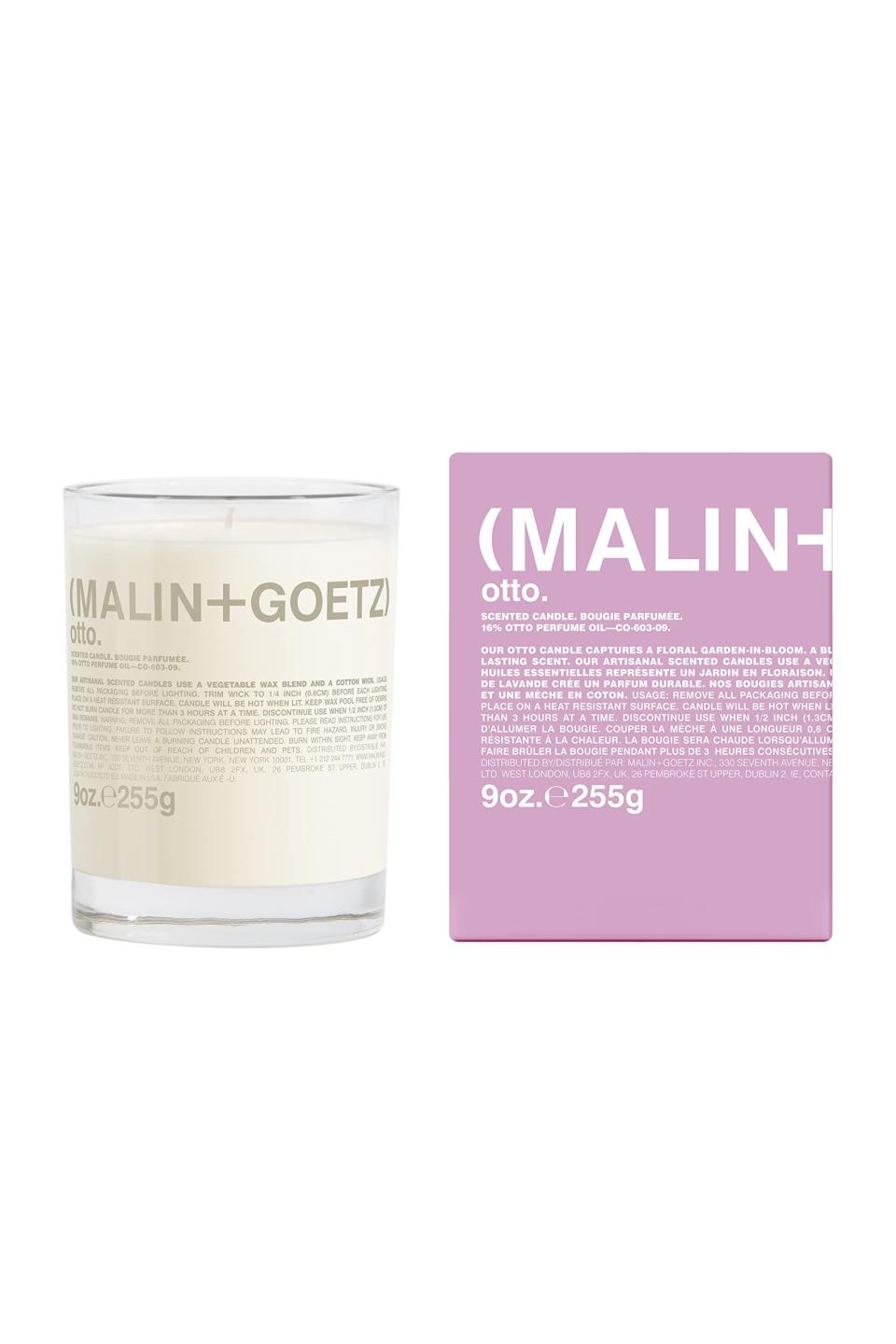
Otto Candle, Otto, 9.0 Ounce
Amazon
$53.33
Questions to Ask to Get Started
It's important with sensory sensitive design, as with any other interior design project, to include the person you're designing for or with in the decision-making process. They're your client, and there are bound to be hard-no's and must-haves. "With my daughter, we sat on the floor of my office with a box of fabric swatches," Lindsie Davis says. In the same way you know never to serve your child broccoli or paint that one client's walls red, you need to know their design preferences. Troubleshooting the existing environment can help inform the process. Here are a few questions to help you get started, courtesy of the Indiana Resource Center for Autism:
What accommodations or modifications have worked in the past for the child to be successful?
What are the child's sensory issues related to lighting, sounds, smells, space, and other issues?
Are there any sensory triggers that have been noticed in the past (bright lights, strong food smells, textures)?
Are there furniture pieces or rooms the child gravitates toward? What do they have in common?
What are the child's strengths, interests, and preferences?
What are the child's fears and frustrations?
What are the child's learning needs?
What motivates the child?
What reinforces the child?
Where should the child sit to maximize participation in each class?
What environmental changes might be needed?
Does the child need a quiet place to go to regroup? Where should it be (is there a room or space the child already gravitates toward?
How does this student communicate?
Sensory needs often evolve and change as children develop and get older. So just as you would swap a crib for a twin bed or change the decor to suit your child's new favorite color or character, it's important to keep an open dialogue so that you can make adjustments as their needs change.
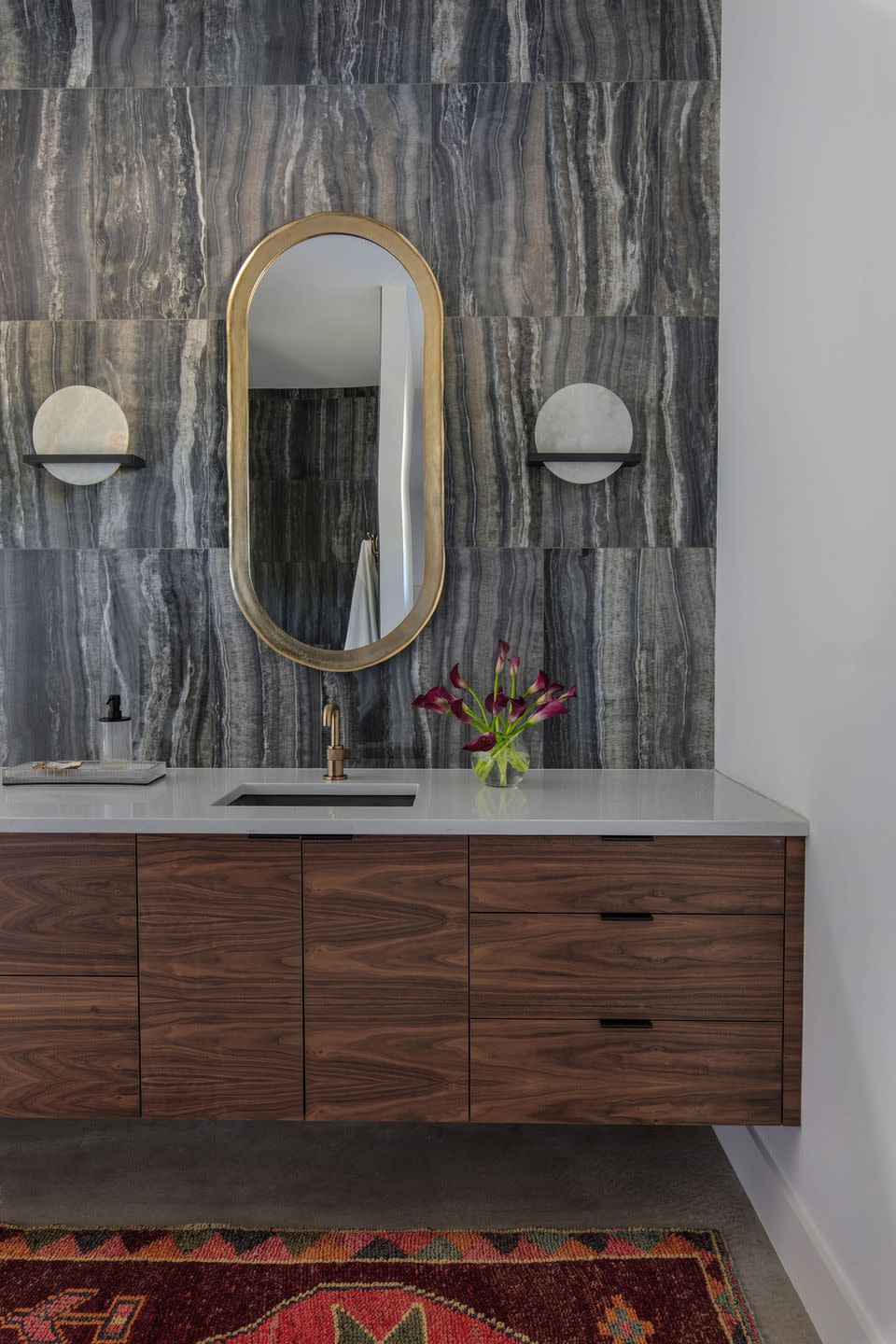
It's impossible to control every inch of our environment—there'll always be construction noises in a big city and too-scratchy sweaters—but designing a space to accommodate sensory sensitivities is an important way to help manage them. "Unfortunately, there's no total fix," says Pace. "We're always going to need to adapt to the world around us, especially as it changes. That's what therapy and coping mechanisms are for." Simple solutions, like having a variety of chairs and floor cushions and exchanging fluorescent bulbs for softer LEDs, can create a calmer, richer space for everyone.
You Might Also Like

